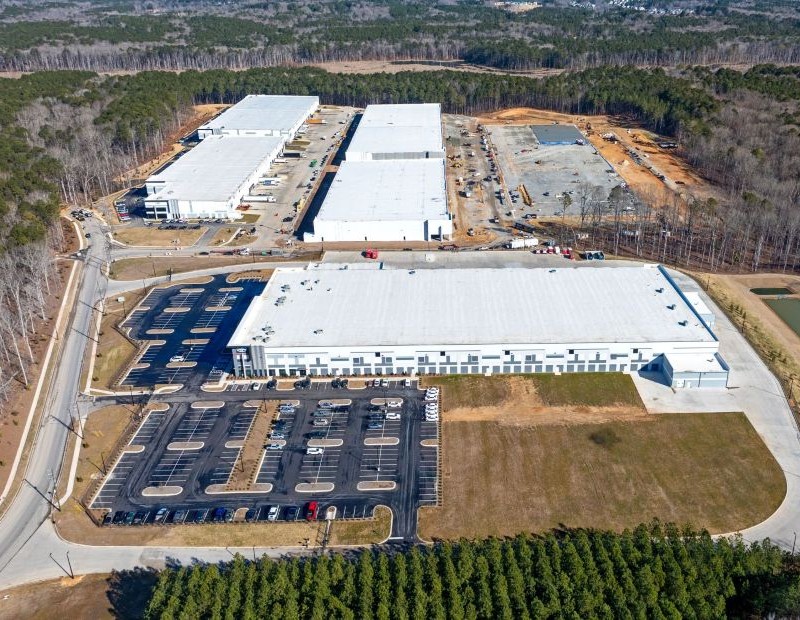The New Era of Investment: Real Asset Purchases to Grow by 50%
Current economic conditions are driving change in the investment sector, creating significant appetite (and opportunity) for real assets and a need for flexible management policies. Who will benefit the most in the next five years?
By Alexandra Pacurar, Associate Editor
Investment priorities are changing in response to the fluctuation in global demographics and social trends, but also because of a constantly widening infrastructure funding gap. In the next five years, we’ll witness a surge in private equity, infrastructure and real estate assets, while investors try to adapt to a more competitive market.
In its recent report, “Building for the Future: How Alternative Investment Managers are Rising to the Demographic Challenge,” BNY Mellon predicts significant growth in assets, to levels that are anything but low. According to the report, which was prepared in collaboration with Preqin, out of 340 people surveyed globally, 60 percent of infrastructure managers, 44 percent of real estate managers and 39 percent of private equity managers expect the assets they manage to grow by more than 50 percent in the next five years.
How will this happen? First of all, population growth in emerging and developed markets in Africa or Asia will add pressure to the existing transport and communications infrastructure that supports commerce and will increase the need for additional investments.
“Deep-rooted demographic and macro forces are driving an unprecedented need for investment in real assets such as transport facilities, communications networks, housing and hospitals. These demands far outstrip the reach of government and public finances, and this creates huge opportunities for private capital to play a part in people’s everyday lives,” said Alan Flanagan, global head of private equity and real estate fund services at BNY Mellon.
From a demand point of view, Millennials are a major driver. According to the report, about a quarter of the global population is in the 15-to-30 age category, and their choices have already affected the real estate market. Notoriously renters, Millennials are taking longer to purchase a home, and prefer renting well-positioned housing units in big cities, close to commercial, retail and entertainment facilities. This spurs development within cities, leading empty nesters or other single-family owners in the suburbs to reconsider life in the city.
Public Funding Shortages Create Opportunity
Current demographics and macroeconomic trends are creating needs that go beyond the financial capabilities of government resources, leading to new possibilities for private investors. Constant shifts in public budgets result in serious funding gaps, leaving more room for investors with alternative capital. Green energy, utilities, transport, communications and infrastructure are the most attractive fields right now for those looking to deploy capital. However, there’s more to this than meets the eye. Alternative investment managers must remember one word: flexibility. Adaptable business and operating models could lead to a growing market share, covering clients’ needs and meeting that funding gap.
Another departure from the current status quo will be that capital influxes in the next half-decade will come from retail investors rather than institutional investors (pension funds and family offices), according to almost half of the private equity and real estate fund managers surveyed. In the last year, the appetite of institutional investors for real assets grew significantly. Public pension funds are now seen as having the biggest interest in real asset purchases, followed by private-sector pension funds, according to one third of real estate managers and more than 40 percent of infrastructure managers. Private equity managers listed family offices, followed by public pension funds as entities showing the most interest in real assets.
“The growth in real asset investments has been impressive, and there is no sign of it slowing down. As a result, the marketplace has become increasingly competitive on deal sourcing, presenting challenges for managers to successfully deploy the capital they have raised,” said Flanagan.
When it comes to investment strategies, more than 30 percent of infrastructure and real estate managers are looking to diversify and explore new fields. This is a response to the fast-changing vectors that influence real asset value, including political, social and technological development factors. However, it’s hard to predict the new directions and geographies that will spark the most interest.
Outsourcing Saves the Day
Pressure from clients and regulators to ensure transparency and efficiency influenced roughly 70 percent of fund managers to consider outsourcing. The increased costs of managing real assets will also encourage more managers to turn to external staff. Along with the financial aspects, access to more complex, thorough market analyses is why outsourcing will be a smart business decision. “Investment managers’ business models must have flexibility to thrive in such a fast-evolving environment and also be able to meet growing regulatory reporting, as well as institutional investor demands for transparency,” Flanagan said.
Observing market trends and shifts, exploring new geographies and outsourcing are the main tools managers can use to grow their businesses in these dynamic, fast-changing times. Investing more in real assets can be the common business policy of managers of both public and private entities that will ensure a steady market in the next five years.
Images via BNY Mellon









You must be logged in to post a comment.